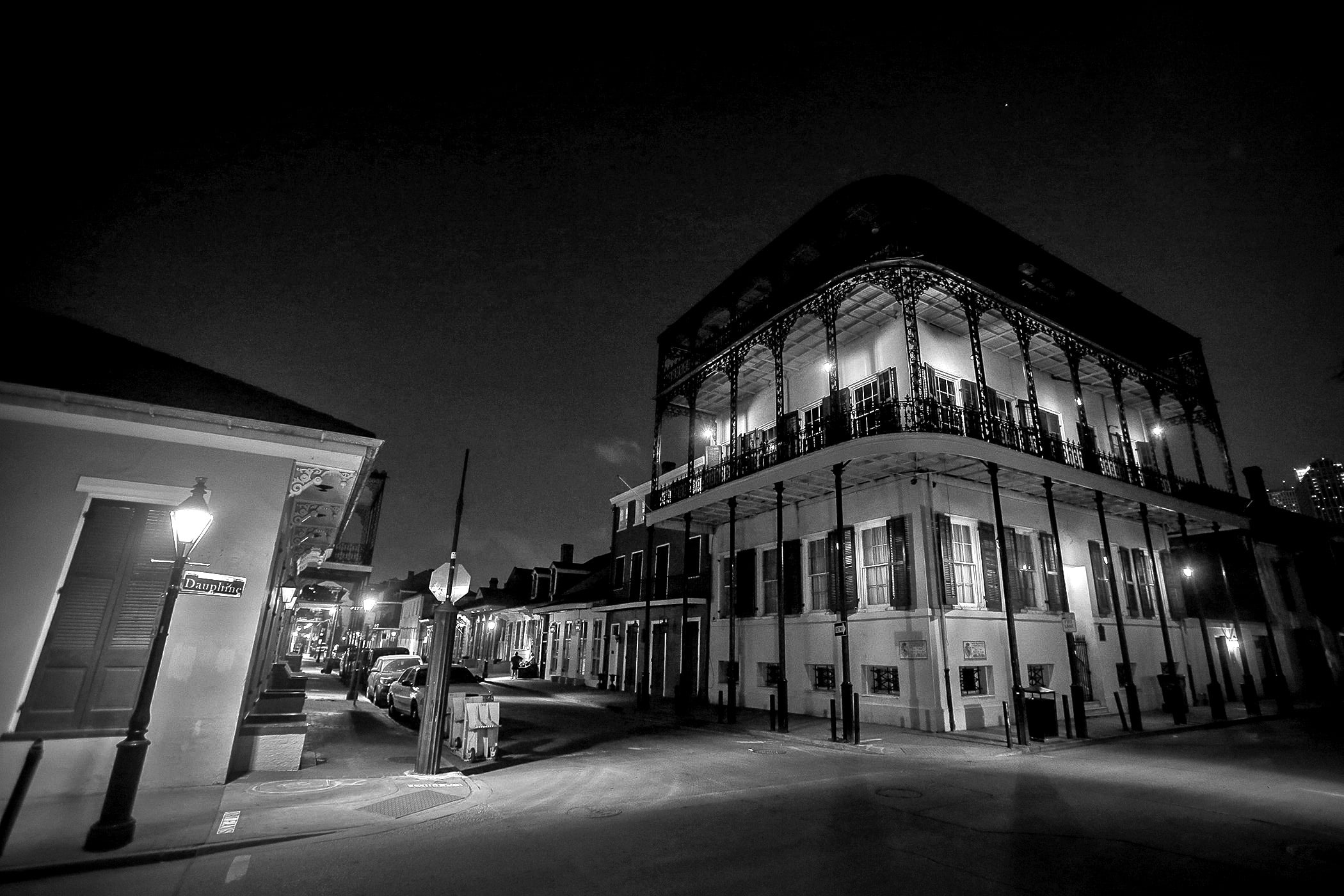Blood pouring into the streets, scores of hacked limbs strewn about a stately mansion, a Sultan’s brother buried alive in the garden. Wild parties, foreign intrigue, mass murder, brutal revenge! Sex! Pirates! And in the aftermath, the macabre haunting of one of the French Quarter’s most venerable buildings.
Let us journey back nearly three centuries, for that is when our limb-lopping tale begins.
The Mystery Sultan
“In the beginning of 1727, a French vessel of war landed at New Orleans a man of haughty mien, who wore the Turkish dress, and whose whole attendance was a single servant.”
MORE: So you think your NOLA pad is haunted? Here’s some things you can get to check
Thus begins the tale of “The Tree of the Dead” in Charles Gayaree’s 1867 book “History of Louisiana.” The shadowy traveler moved into a small house at the corner of Orleans Avenue and Dauphine Street. While Governor Etienne Perier sought to stifle inquiries into the enigmatic resident, the wags decided that “the mysterious stranger was a brother of the Sultan, or some great personage of the Ottoman Empire.” Of course, if they’d had Ye Olde Google, they’d realize the reigning Sultan at the time, Ahmed III, had no surviving brothers.
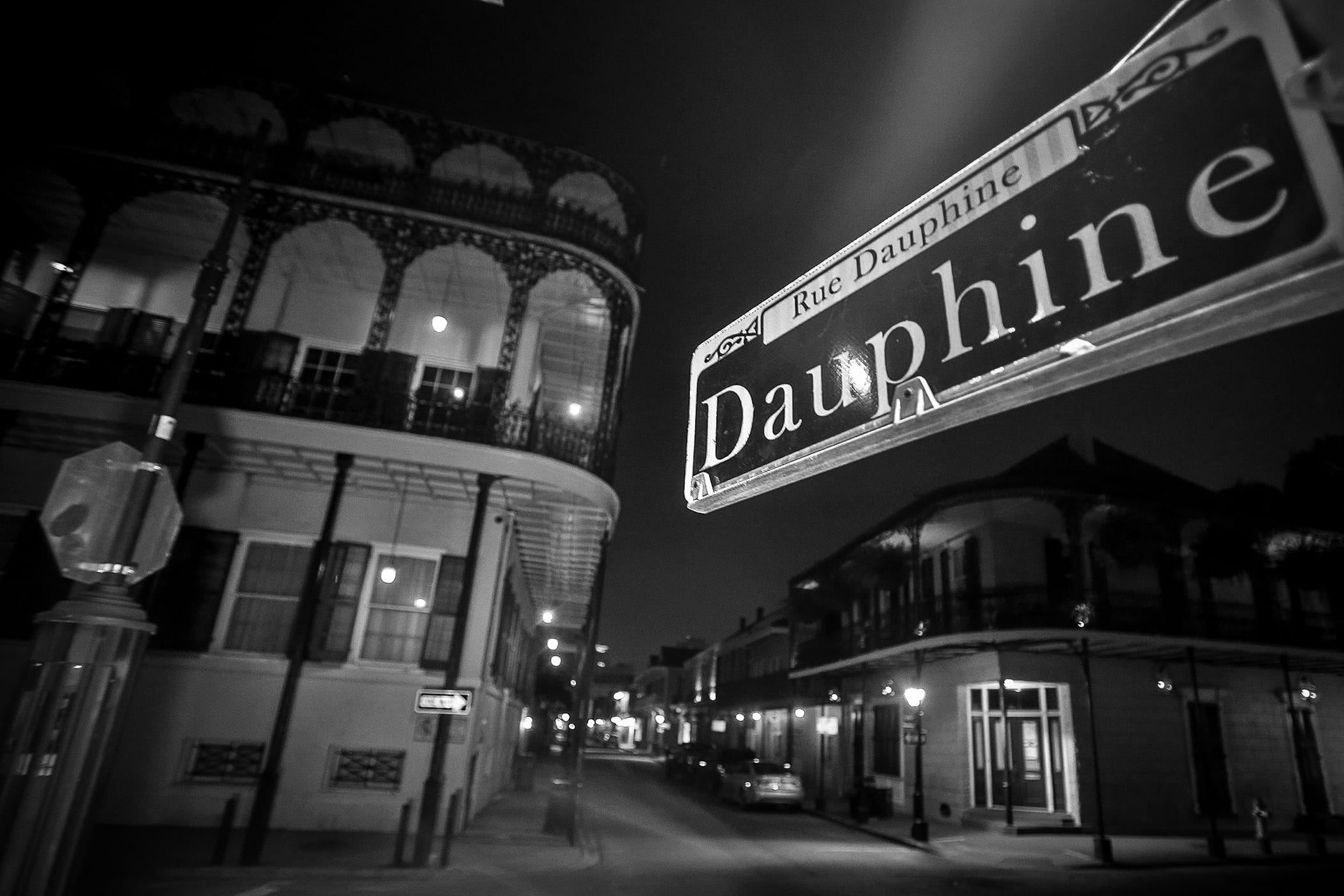
Fun fact: The Ottoman Court went crazy for tulips during Ahmed III’s reign, giving this era the nickname “The Tulip Period.” (There will be a quiz later.)
Later that year, a sinister Turkish vessel appeared in the Bay of Barataria and on a frightful, stormy night complete with barking dogs and bolts of lightning, there appeared “a body of men who wore a the scowling appearance of malefactors and ministers of blood” (which was also the name of my thrash metal band in college.) The next morning, the mysterious stranger had disappeared, but a freshly dug grave was found in his courtyard. A marble tablet with an engraving in Arabic was sent to France with the phrase “the date tree shall grow on the traitor’s grave.” Soon after, a date tree sprouted from the dirt of the grave: The Tree of the Dead.
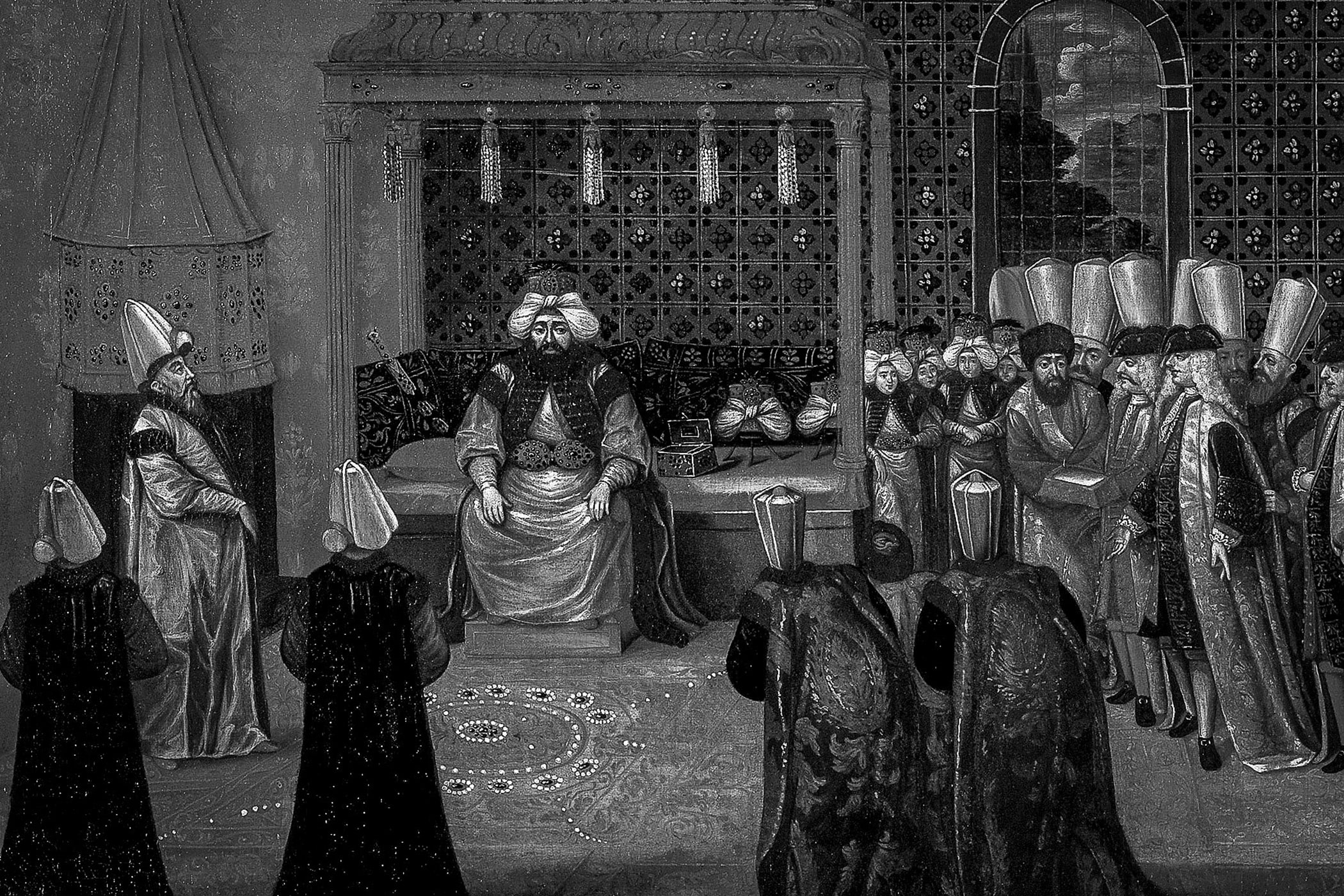
“Wait,” you say, “where are the rivers of blood and hacked limbs promised in your compelling opening paragraph?” Hang on, we’ll get there.
Opium and Incense
The tale is picked up in the 1922 book “Legends of Louisiana” by Helen Pitkin Schertz. Now the year has shifted from 1727 to 1792, and the mysterious foreigner arrives with a large entourage at the port of New Orleans. The stranger is revealed to be the brother of the Sultan himself! In 1792, the Selim III was the Sultan who did indeed have a younger brother who died in 1772 at the age of five… or did he?
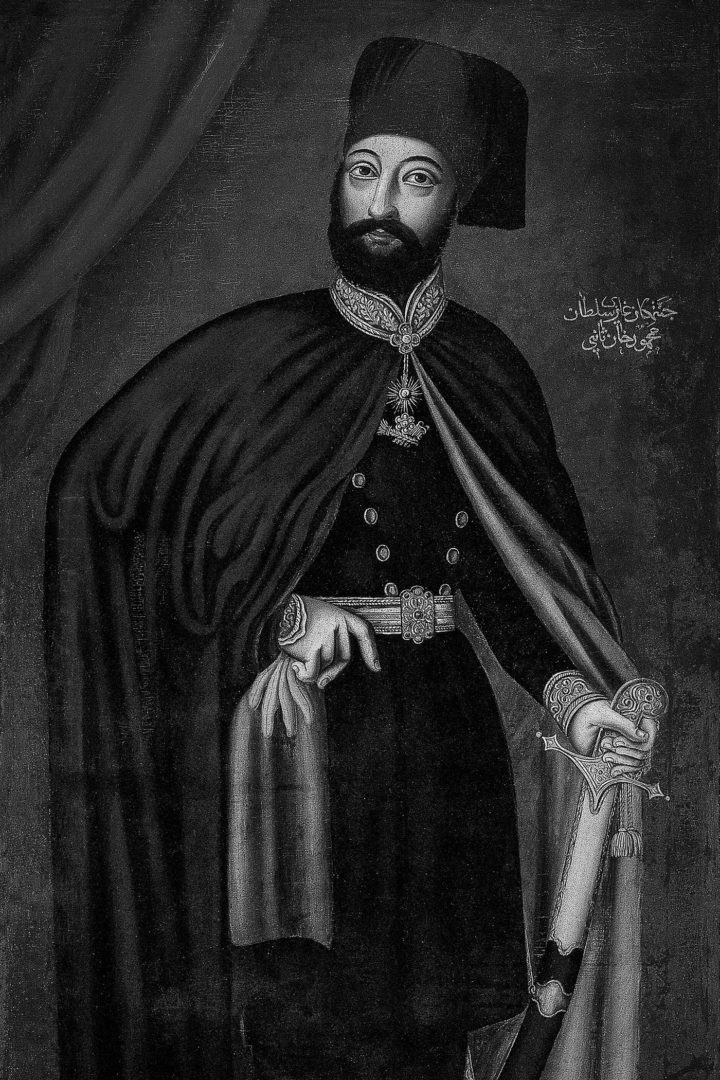
The now-undead former five-year-old rents the stately mansion of super citizen Jean Baptiste Le Pretre and immediately fills the home with trunks of silk and jewels, servants, family members, his harem and an eunuch or two. Wild parties ensue, the smell of opium and incense wafts into the street, loud laughter and music are the norm.
But the morning after one such soiree, the milk man finds the house strangely quiet while making his delivery. Eventually, the authorities force their way in and find the handsome brother of the Sultan on a couch, with his head nearly severed, five slaughtered members of his harem surrounding him. Was it a violent robbery by pirates as some surmised? Or a bloody political assassination? No one knew, but soon the hauntings began according to Schertz … “Girlish laughter would ring from the third etage at times… there is a strain of song reported, a man’s pleading and abrupt silence followed by poignant groans… Holy water has proved ineffective in laying the little veiled figures which evanesce through the corridors and up stairways, moaning in flight.” Such was the ghastly, ghostly scene in the Le Pretre mansion in 1792, despite it not being built until 1836.
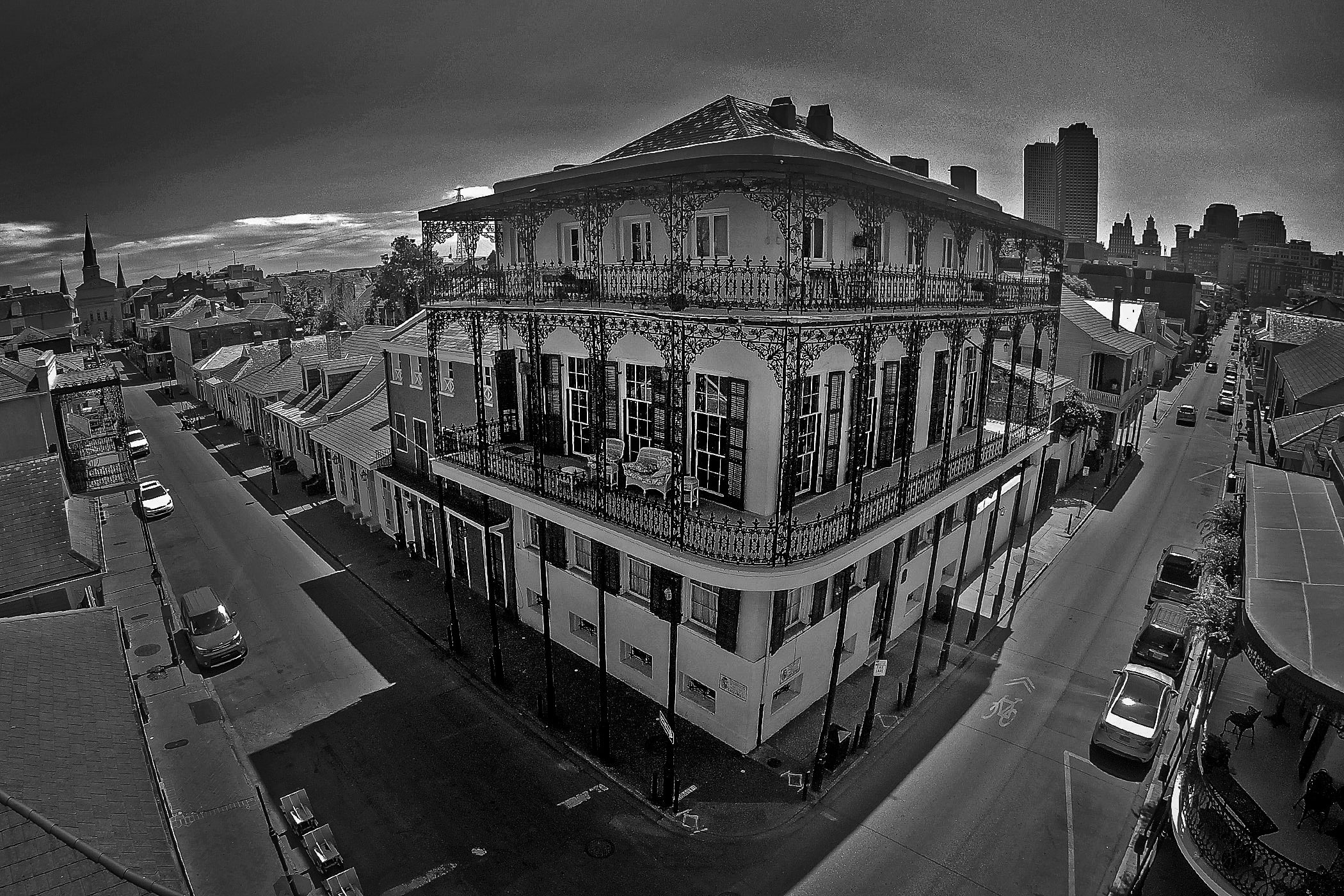
Time passes. New stories now begin in 1836 with the mansion now conveniently built. A man arrives in NOLA claiming to be the Sultan, but is actually the Sultan’s brother, named Sulyman, who has absconded with the Sultan’s wealth and harem. He rents the house from Le Pretre and crams it with treasures. Mahmud II, who reigned until 1839, the same year Le Petre bought the mansion, did have an older brother Sulyman who died in 1786 just before turning 7… or did he? Long story short, miffed Sultan sends assassins over on a boat, forty-eight people in the house get chopped up, rivers of blood flow into the street, Sultan’s bro gets buried alive in the courtyard and suffers a terrible AirBnB review from Le Pretre.
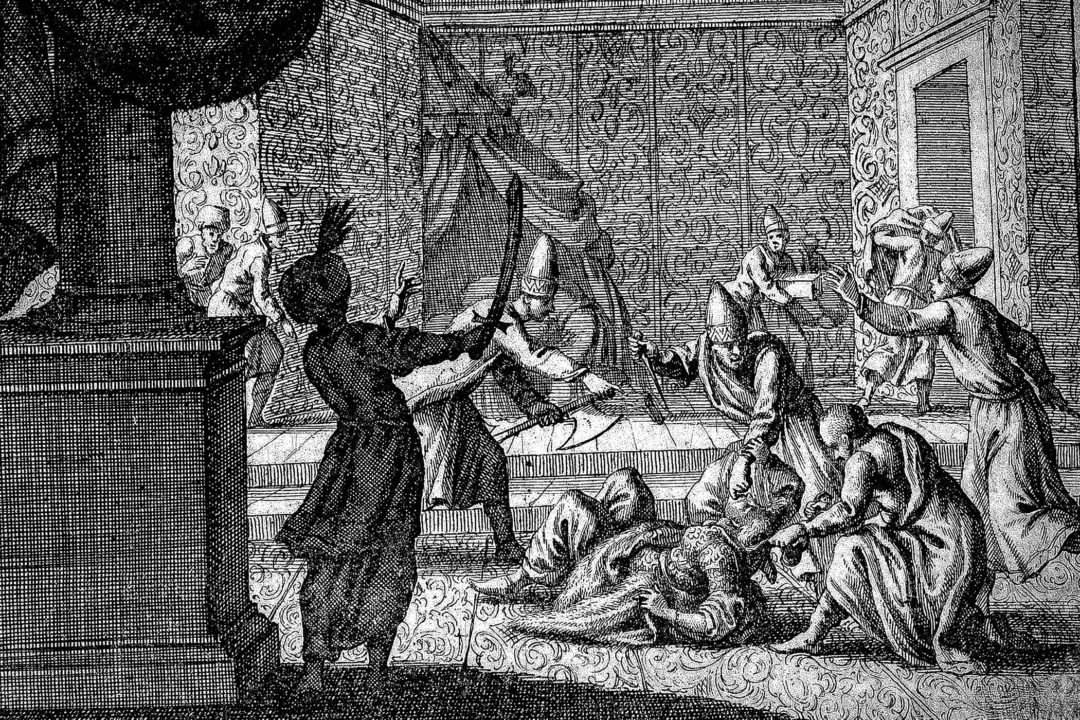
The Gardette-Le Pretre House
While clearly the story has evolved, as stories do with time and re-telling, one owner of the Gardette-Le Pretre House, now a collection of apartments, did admit in an interview that odd occurrences do take place in the building, like keys which disappear only to reappear later. People continue to report the smell of exotic incense on the street outside the building. Tenants claim to have seen the spirit of the Sultan himself, dressed in robes and a turban, standing at the foot of their beds. The falling death of a woman hanging laundry on an upper floor balcony was blamed on vengeful spirits. The veiled faces of the slain members of the harem are said to be seen peering mournfully out of upstairs windows. Ghosts of the Sultan’s entourage are said to move about the building and the sounds of footsteps can be heard running about in panic or climbing up stairs.
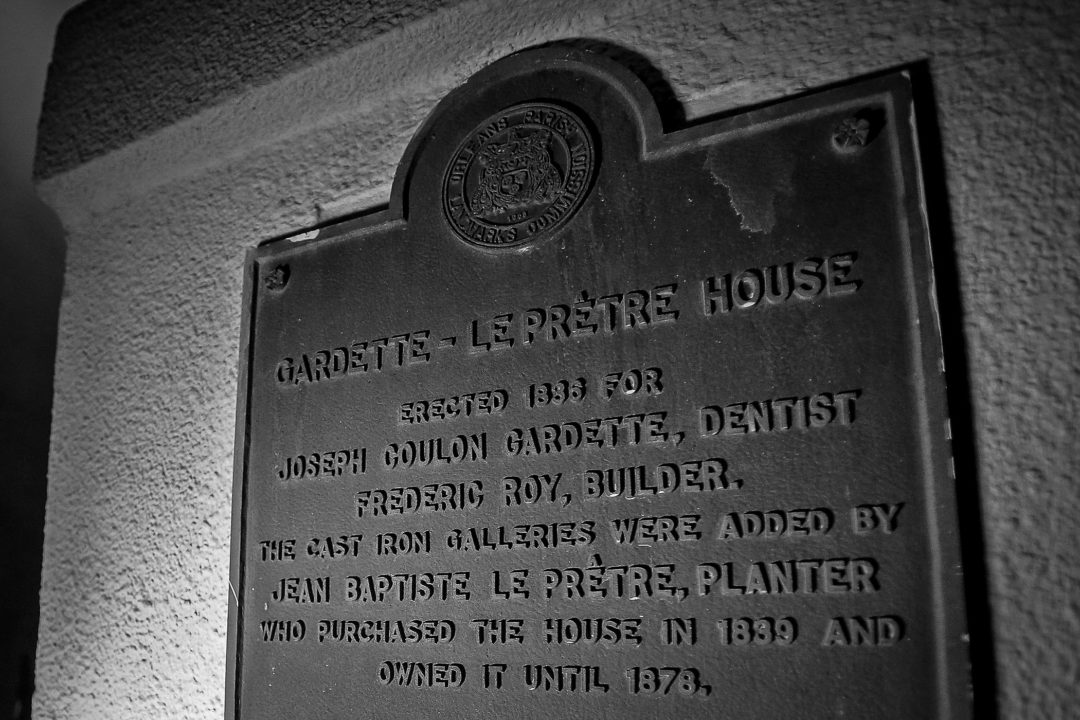
And the screams…. always the screams in the middle of the night as the ghostly, dismembered victims of the so-called Sultan’s Palace relive for eternity their terrible slaughter, despite there being no contemporary record of it ever actually happening.
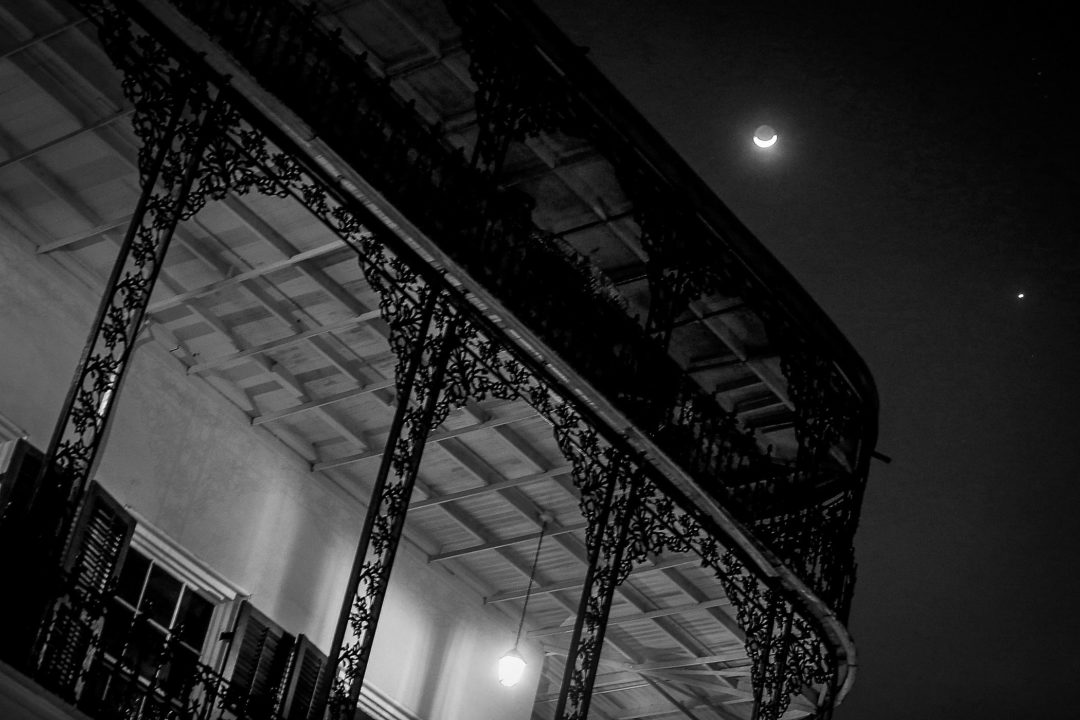
While today’s sensationalized, grisly tales of the Sultan’s dismembered household don’t align well with history, eerie happenings continue to be reported at the corner of Dauphine and Orleans. Could these events actually be the ghostly echoes rooted in the original story of a mysterious Turkish gentleman killed by assassins on a stormy night in 1727? Perhaps for illumination we should take advice from the closing lines of Gayaree’s 1867 history of the killing, which states: “…at that hour when evil spirits are allowed to roam over the earth, and magical incantations are made — go, and interrogate the tree of the dead.”
Quiz: Why was the reign of Sultan Ahmed III called “The Tulip Age?”
Works Consulted
Caskey, James. The Haunted History of New Orleans: Ghosts of the French Quarter. Subtext Publishing: Savannah, GA, 2013
Frangos, Steve. The Grisly Tale of the Sultan’s Brother. The National Herald, May 15, 2018. https://www.thenationalherald.com/200528/the-grisly-tale-of-the-sultans-brother/ Accessed March 2020
Gayaree, Charles. History of Louisiana: Series II, Fourth Lecture. William J. Widdleton:
New York, 1867
Lopez, Kenny. The Bloody Truth: The Haunted Tale of the Sultan’s Palace. WGNO, May 21, 2014. https://wgno.com/news/the-bloody-truth-the-haunted-tale-of-the-sultans-palace-2/
Accessed March 2020
Murphy, Michael. Fear Dat. New York, NY: Countryman Press, 2015
Schertz, Helen Pitkin. Legends of Louisiana: The Romance of the Royal Oak: The Brother of the Sultan. The New Orleans Journal: New Orleans, 1922
Schlosser, S.E. Spooky New Orleans. Guilford, CT: Globe Pequot, 2016
Stuart, Bonnye. Haunted New Orleans: Southern Spirits, Garden District Ghosts, and Vampire Venues. Guilford, CT: Globe Pequot Press, 2012

